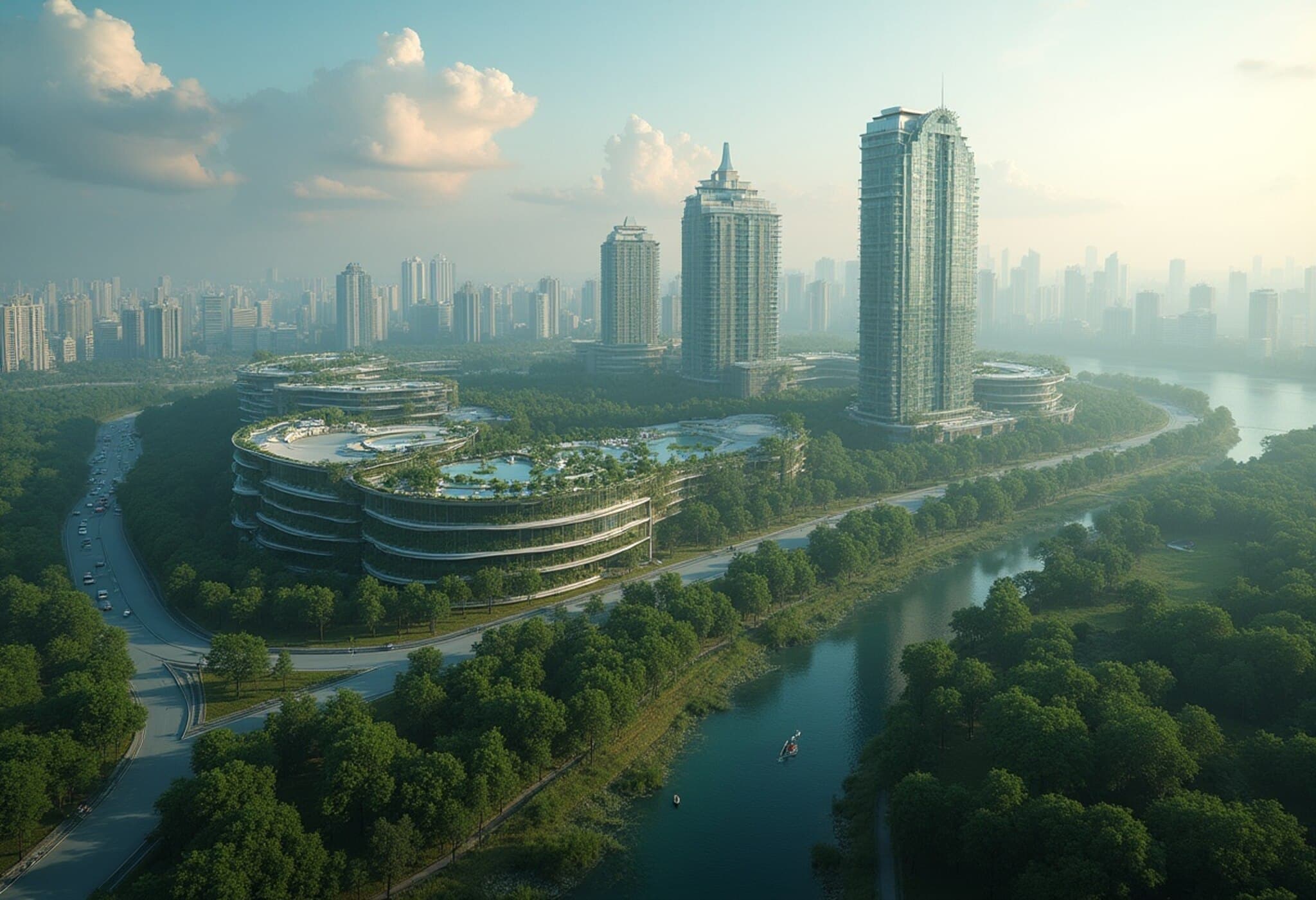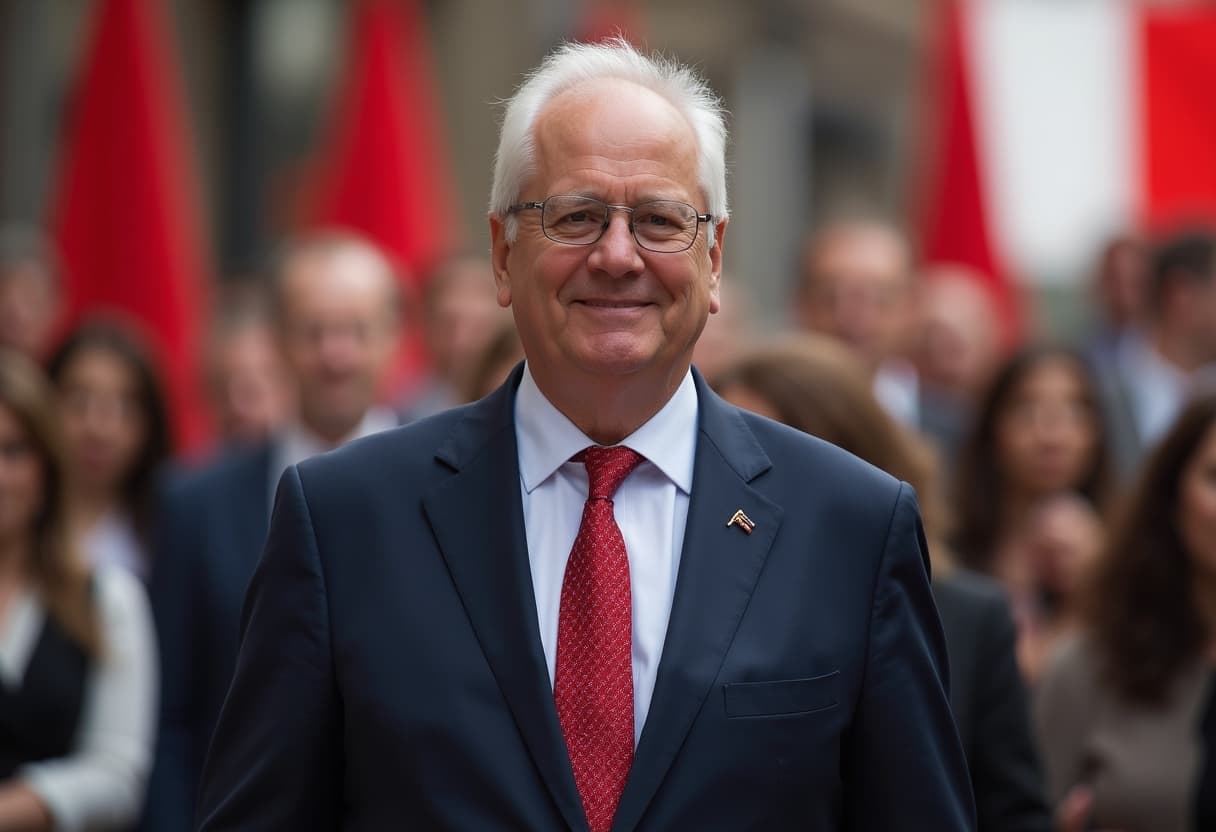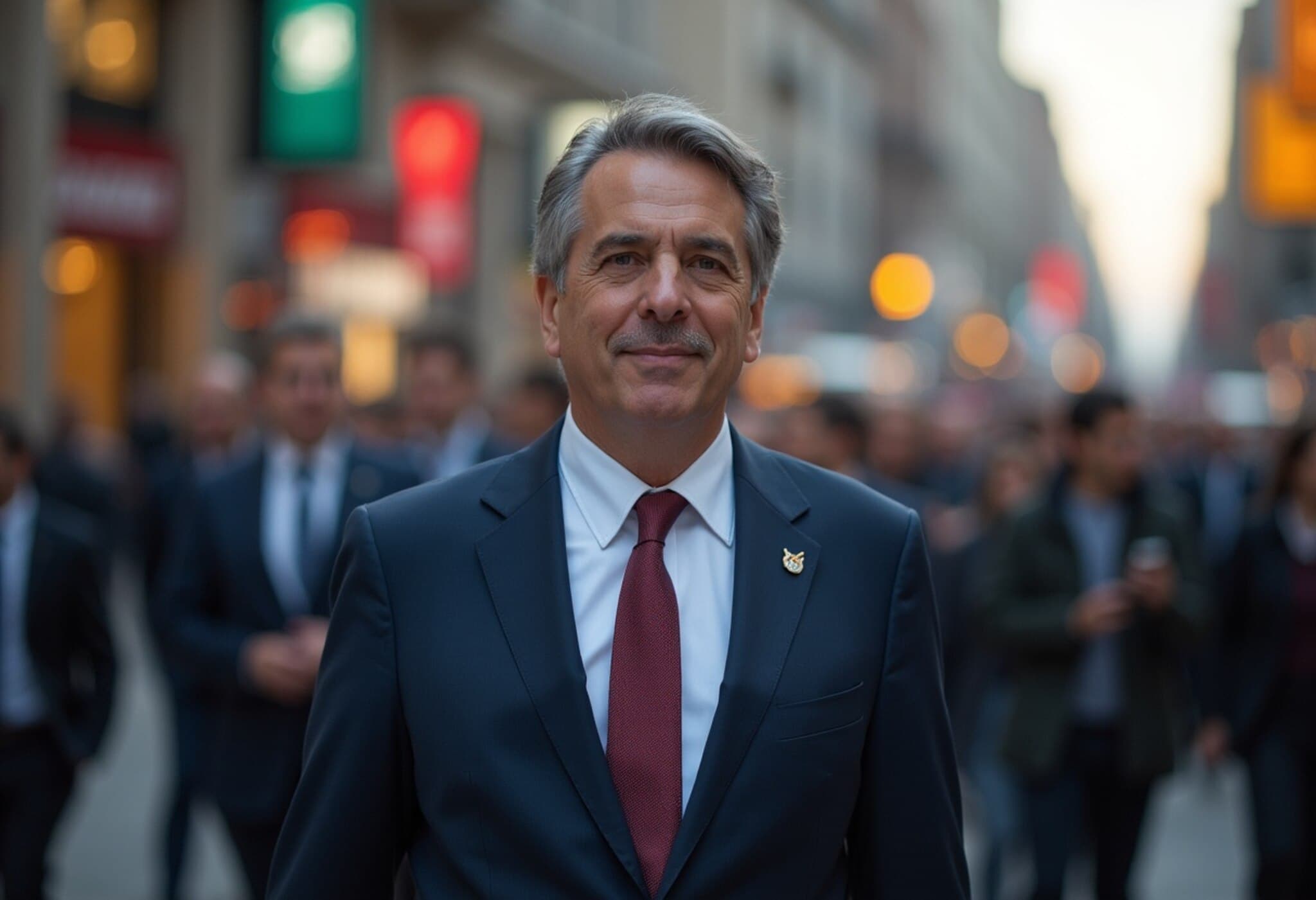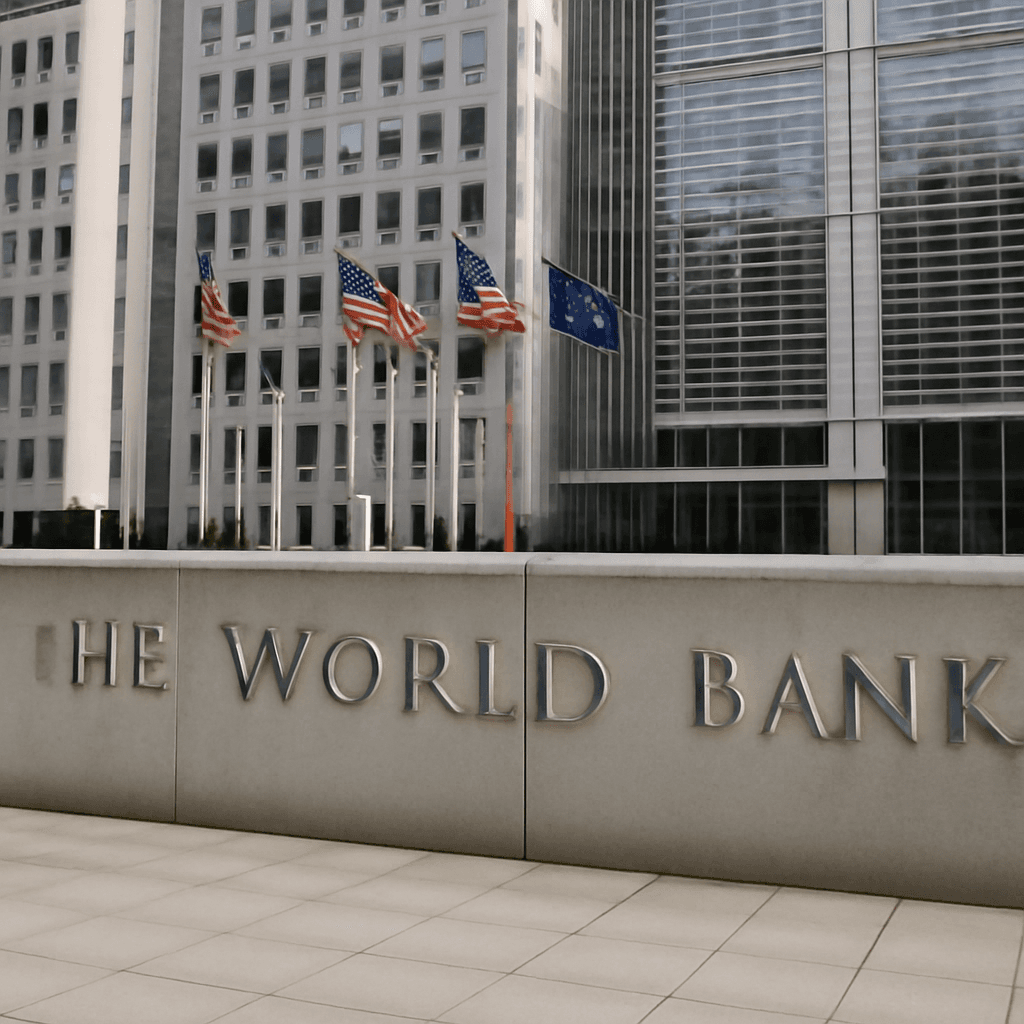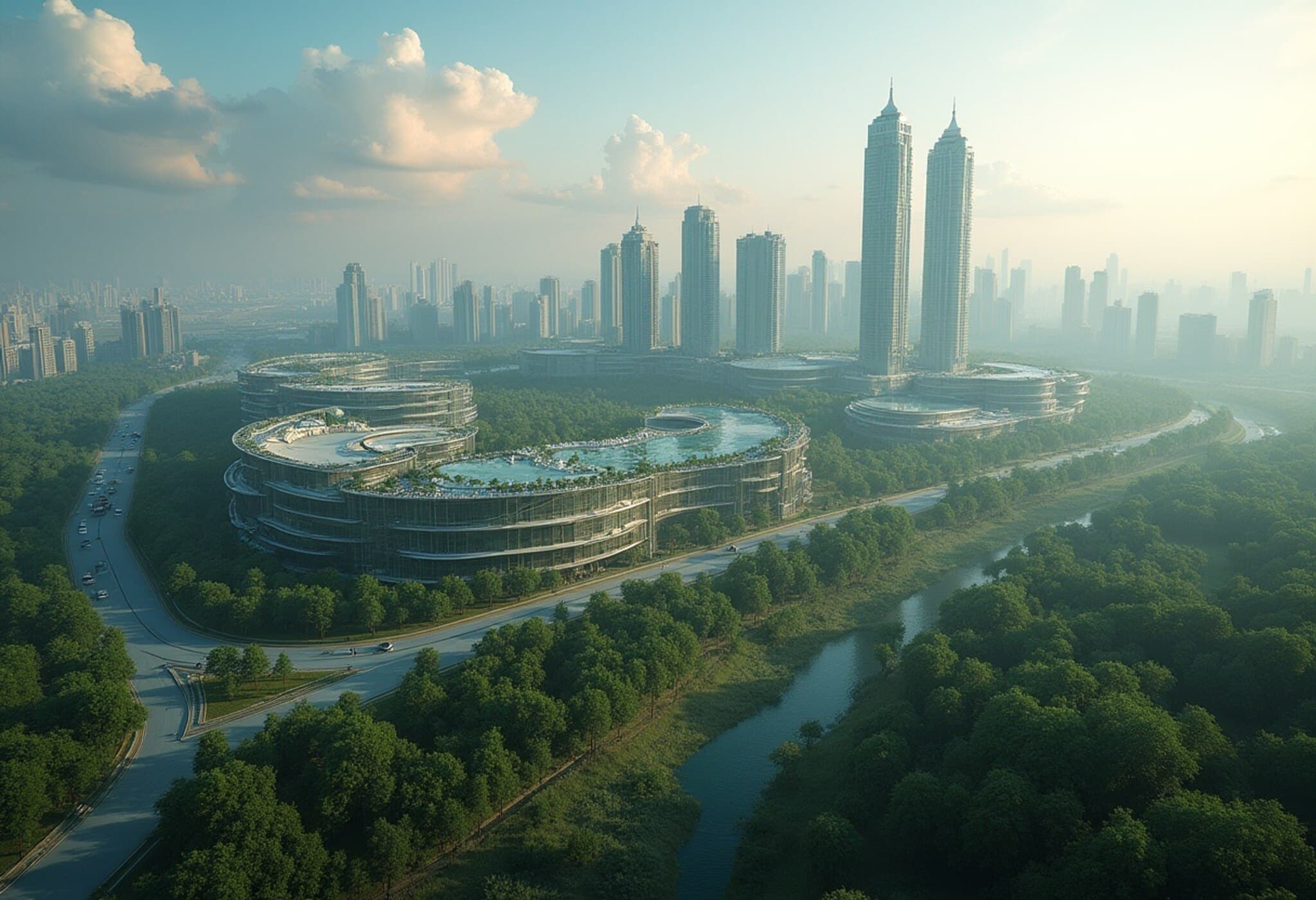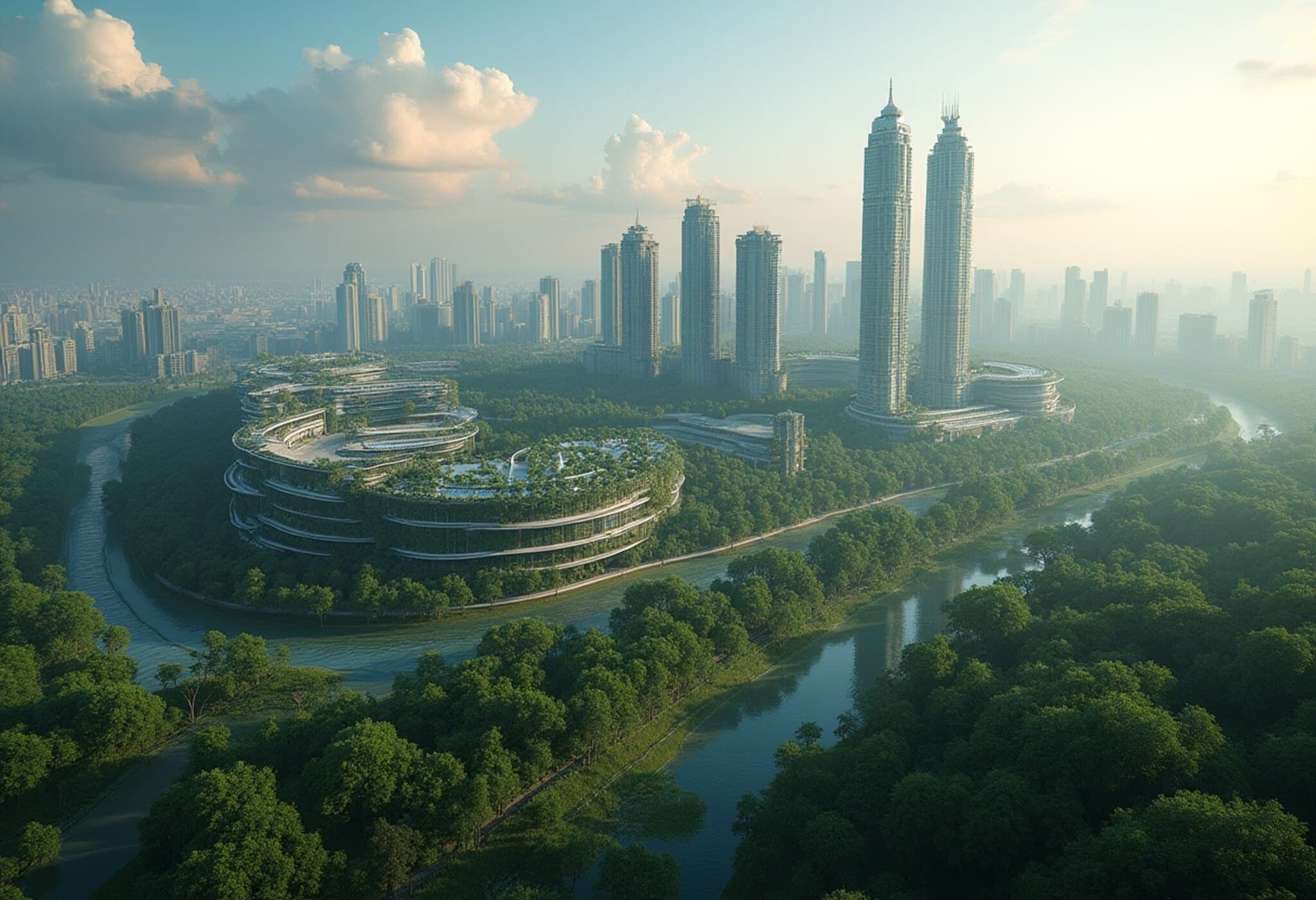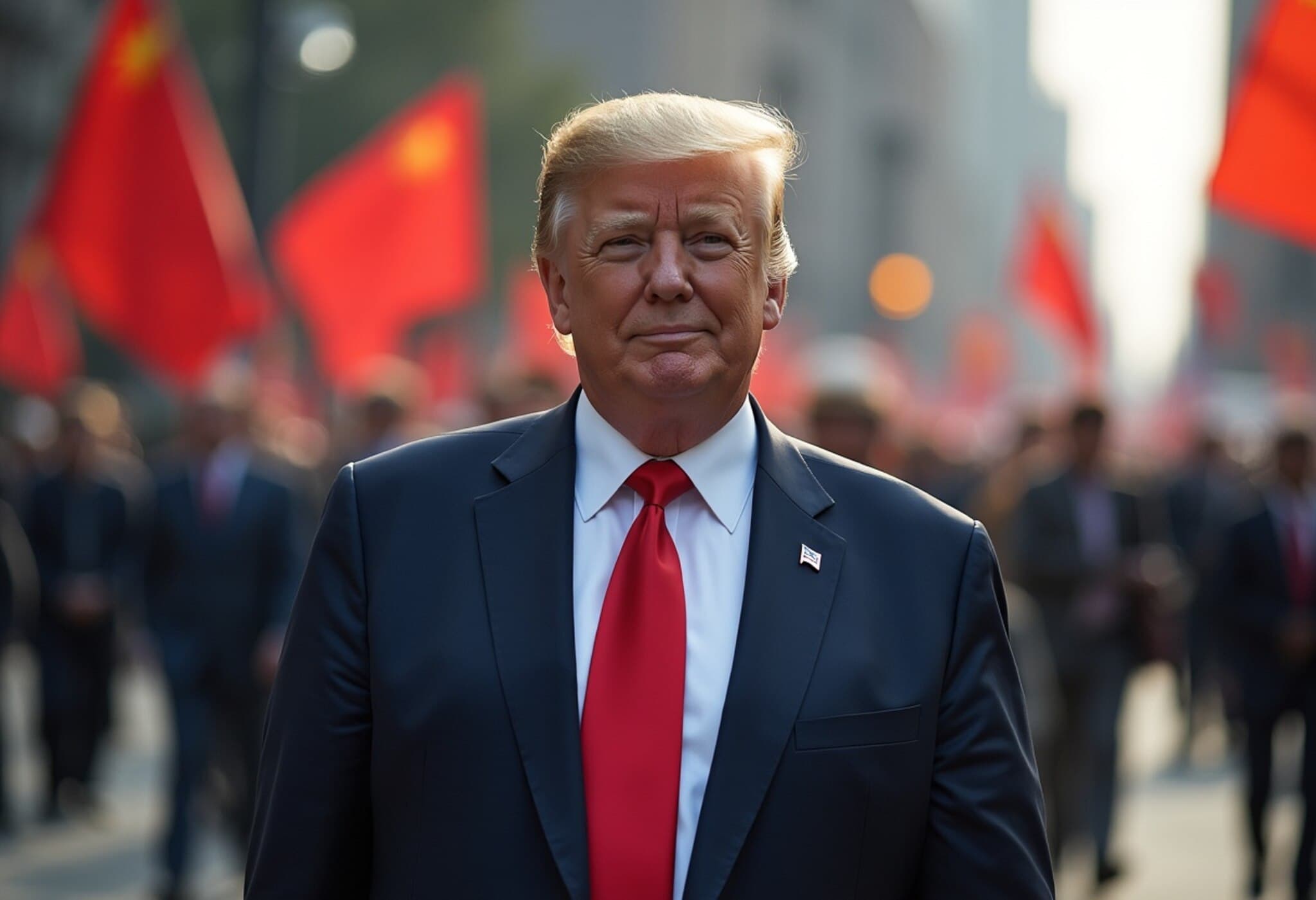Introduction: The Dream of an Eco-Paradise on Malaysia’s Coast
Located on a reclaimed island at the southern edge of Malaysia, Forest City was once heralded as a groundbreaking $155 billion mega-development promising to blend luxury living with sustainable urban planning. Conceived by Chinese real estate giant Country Garden, it envisioned four man-made islands housing up to 700,000 residents by 2035. Today, nearly a decade after its launch in 2016, Forest City tells a far more sobering story — one marked by empty apartment towers, slow sales, and fading ambitions.
The Vision: Ambition Meets Reality
Forest City was pitched to investors as a visionary oceanfront utopia. Towering over a man-made beach with panoramic views of Singapore’s industrial skyline just two kilometers across the Johor Strait, it promised an ultramodern, eco-friendly lifestyle. The developer’s gamble leaned heavily on Chinese middle-class buyers eager to diversify overseas assets and capitalize on enticing visa benefits offered by Malaysia.
Despite the initial hype, only one of the four planned islands is complete, and thousands of apartments remain unoccupied – a glaring disconnect between dream and delivery. The project’s sprawling 26,000 housing units stand as largely silent sentinels, more a symbol of overreach than thriving community.
Ghost Town or Growing Community?
While international media scoff at Forest City’s emptiness, branding it a “ghost town,” some residents and sales representatives push back against this narrative. In reality, there is a small but international community around the development, primarily composed of Malaysian renters who commute daily to neighboring Singapore. Yet, a visit reveals quiet streets, shuttered shops, and few signs of vibrant urban life.
The project’s centerpiece, an exhibition model stretching across the salesroom floor, continues to depict the grand four-island vision – a 14-square-kilometer metropolis still more aspiration than actuality. Social media has ironically given Forest City viral fame, with influencers drawn to its “apocalyptic” emptiness and eerie calm.
The Broader Context: China’s Property Bust and Geopolitical Ripples
Forest City’s struggles cannot be divorced from the wider fallout of China’s real estate collapse. Country Garden, once China’s largest developer by sales, now faces a dire financial crisis with over 3,000 unfinished projects and nearly a million homes yet to be completed. Regulatory crackdowns starting in 2020 aimed at curbing credit excesses have rippled globally, sapping demand for offshore investments like Forest City.
Back home in Malaysia, political hesitancy and local resentment added fuel to Forest City’s challenges. The project was seen by many as catering too heavily to foreign investors — particularly Chinese buyers. Under former Prime Minister Mahathir Mohamad’s leadership, visa restrictions curtailed overseas residency, chilling the market. Although the current government under Prime Minister Anwar Ibrahim has eased these policies, affordability remains a hurdle for locals, with starting prices still out of reach for many.
Life Inside Forest City: Quiet Corners Amid Ambitious Plans
Visiting Forest City reveals paradoxes. Maintenance crews diligently keep grounds immaculate, reflecting hopes for a pristine, secure environment. Yet, the shopping mall near the hotel tells a story of commercial stagnation — many stores remain closed, while those open see few customers. The absence of alcohol in duty-free shops due to licensing issues further diminishes appeal for visitors, especially neighboring Singaporeans where alcohol is heavily taxed.
As evening falls, signs of life flicker on. Beach volleyball and modest foot traffic hint at a budding social fabric. A tech school’s presence in the hotel lobby, led by notable US cryptocurrency investor Balaji Srinivasan, injects some energy and forward-looking optimism.
The Stakeholders and Future Prospects
Despite adversity, stakeholders including Malaysian conglomerate Esplanade Danga 88 and state authorities are doubling down, offering incentives like 0% tax rates for family offices to attract wealthy investors and sustain momentum. Whether these efforts will yield the revival envisioned remains to be seen.
For now, Forest City stands as both a cautionary tale and a glimpse into the complexities of mega-project development at the intersections of global finance, politics, and ambitions for sustainable urban living.
Editor’s Note: Lessons from Forest City’s Struggle
Forest City’s story is a microcosm of the risks embedded in sprawling real estate ventures tied to transnational investment and speculative credit. It raises pressing questions about sustainable urban planning, the social impact of foreign-led developments, and the importance of policy alignment to support local communities and economies. As visions of eco-paradises continue to tantalize investors worldwide, Forest City offers a grounded reminder: ambition without rooted demand and regulatory foresight may build towers to nowhere.

